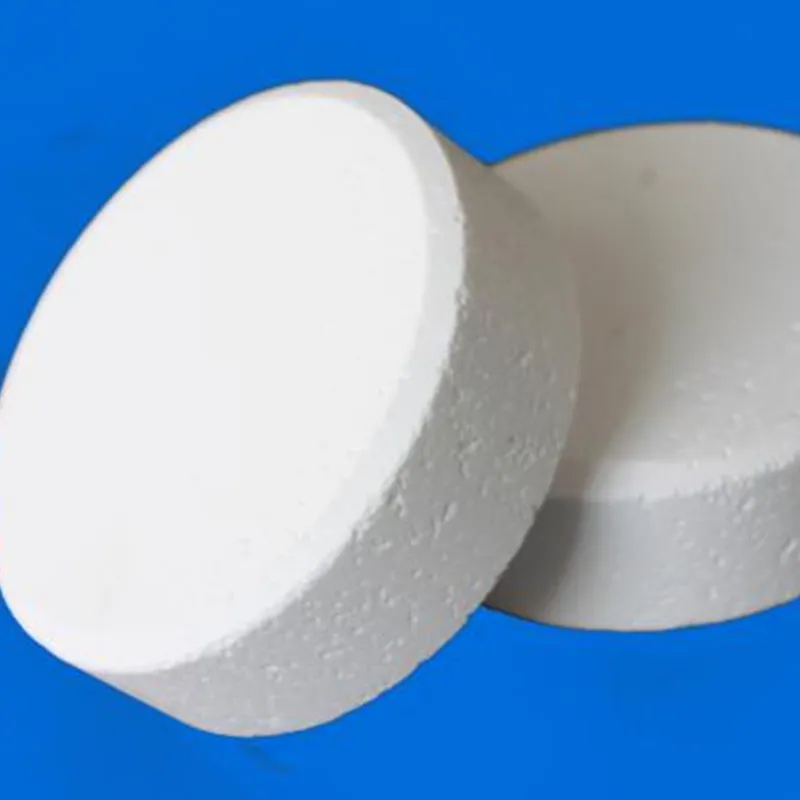
Exploring the Benefits and Applications of Emulsifier 450 in Food Industry
The Role of Emulsifier E450 in Food Production
Emulsifiers are essential ingredients in the food industry, playing a crucial role in the texture, stability, and overall appeal of various products. Among the numerous emulsifiers available, E450, also known as diphosphates or phosphate emulsifiers, stands out due to its multifaceted applications across a range of food products. This article delves into the nature of E450, its functions, benefits, and safety considerations in food production.
What is E450?
E450 refers to a group of food additives composed of phosphoric acid and its salts. Specifically, this emulsifier is classified as an acidity regulator and stabilizer. The primary forms of E450 include disodium diphosphate and triphosphates, which can be derived from natural sources or synthesized in a laboratory. This versatility makes E450 a prevalent ingredient in various processed foods, providing both functional and aesthetic benefits.
Functions of E450 in Food Products
One of the primary roles of E450 is to enhance the emulsification process. In products such as mayonnaise, salad dressings, and sauces, E450 helps blend oil and water, preventing separation and ensuring a smooth, homogenous texture. This property is particularly important as it affects the visual appeal and mouthfeel of the final product.
In addition to emulsification, E450 acts as a stabilizer, extending the shelf life of food items. By preventing the separation of ingredients, E450 helps maintain product consistency over time, ensuring that consumers receive the same quality with every purchase.
E450 also plays a role in moisture retention, which can enhance the freshness of baked goods and processed meats. This moisture-holding capacity is particularly valuable in products like bread and processed cheese, where maintaining a desirable texture and preventing staleness are key to consumer satisfaction.
emulsifier 450

Benefits of Using E450
The use of E450 in food production offers several advantages. Firstly, it can improve the overall quality of food products by enhancing texture and stability. This not only satisfies consumer expectations but also contributes to the overall success of a brand in a competitive market.
Moreover, E450 is cost-effective. As a multifunctional ingredient, it reduces the need for multiple additives in a product formulation, streamlining the production process and lowering costs for manufacturers. This efficiency can also lead to a more straightforward labeling process, as fewer ingredients may be required.
In addition to its practical benefits, E450 is generally recognized as safe for consumption. Regulatory bodies, including the European Food Safety Authority (EFSA) and the U.S. Food and Drug Administration (FDA), have evaluated the safety of E450 and determined that it can be used in food products within specified limits. This regulatory approval provides reassurance to both manufacturers and consumers regarding the safety of their food.
Safety Considerations
While E450 is considered safe for most people, some individuals may have sensitivities to phosphates. High intake of phosphorus can lead to health issues, especially in individuals with certain medical conditions such as kidney disease. Therefore, it is essential for consumers to read labels carefully, especially when managing specific dietary restrictions.
In conclusion, emulsifier E450 is a vital component in modern food production, significantly enhancing the quality and stability of various products. Its multifunctional properties and safety profile make it an appealing choice for food manufacturers seeking to produce consistent and appealing products. As the food industry continues to evolve, emulsifiers like E450 will undoubtedly remain at the forefront of innovation in food technology, helping to meet consumer demands for quality and convenience.
-
Understanding Synthetic Rubber OptionsNewsApr.27,2025
-
Trichloroisocyanuric Acid: Essential for Clean and Safe WaterNewsApr.27,2025
-
Sodium Dichloroisocyanurate: Key to Safe Water TreatmentNewsApr.27,2025
-
Sodium Acid Pyrophosphate: Essential in Modern Food ProcessingNewsApr.27,2025
-
Essential Water Treatment ChemicalsNewsApr.27,2025
-
Denatured Alcohol and Its Industrial UsesNewsApr.27,2025
-
The Versatile Uses of Sodium BicarbonateNewsApr.24,2025
Hebei Tenger Chemical Technology Co., Ltd. focuses on the chemical industry and is committed to the export service of chemical raw materials.
-

view more DiethanolisopropanolamineIn the ever-growing field of chemical solutions, diethanolisopropanolamine (DEIPA) stands out as a versatile and important compound. Due to its unique chemical structure and properties, DEIPA is of interest to various industries including construction, personal care, and agriculture. -

view more TriisopropanolamineTriisopropanolamine (TIPA) alkanol amine substance, is a kind of alcohol amine compound with amino and alcohol hydroxyl, and because of its molecules contains both amino and hydroxyl. -

view more Tetramethyl Thiuram DisulfideTetramethyl thiuram disulfide, also known as TMTD, is a white to light-yellow powder with a distinct sulfur-like odor. It is soluble in organic solvents such as benzene, acetone, and ethyl acetate, making it highly versatile for use in different formulations. TMTD is known for its excellent vulcanization acceleration properties, which makes it a key ingredient in the production of rubber products. Additionally, it acts as an effective fungicide and bactericide, making it valuable in agricultural applications. Its high purity and stability ensure consistent performance, making it a preferred choice for manufacturers across various industries.











